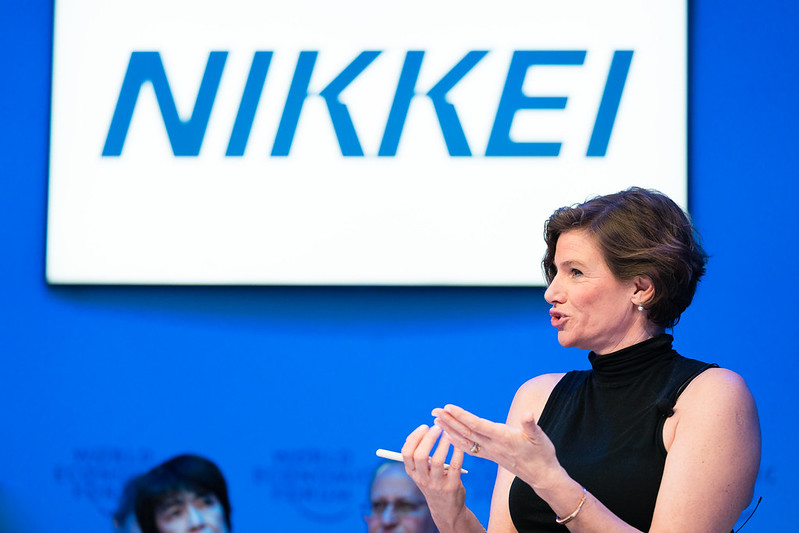The International Energy Agency (IEA) recently released a report charting out plans for a carbon-neutral (net zero) world by 2050. LSE ID Alum, Michelle Nazareth looks at what this means for South Asia, where countries are becoming increasingly vulnerable to the worst effects of climate change.
The IEA’s latest report stresses the need for all countries of the world to start taking serious action towards cutting global emissions. The report lays out strategies for a 2050 net-zero goal focusing on the energy sector. More appropriately, the IEA recognises the different priorities of developing countries and incorporates these into the recommendations.
For developed countries, the road to carbon neutrality is clear, though by no means easy to achieve:
- Deploy all available renewable energy technology by 2030 to cut global emissions sharply within this decade.
- Invest heavily in innovation and technology (e.g. direct air capture, battery storage for wind and solar and nuclear fusion) to enable a complete shift to green energy. Bill Gates discusses these technologies and the progress being made very comprehensively in his book How to Avoid a Climate Disaster.
- Provide technological and financial aid to developing countries to enable a global achievement that does not compromise on the development needs of these countries.
For developing countries, and South Asia in particular, the situation is more complicated. 750 million people worldwide lack access to electricity and 2.6 billion lack access to clean fuels. We thus arrive at the oft-debated question in climate policy: should developing countries be expected to work towards this 2050 net-zero target when they have other, more urgent priorities? There are reasons to believe that countries in South Asia must work towards climate neutrality because the costs of carbon-intensive development might soon outweigh the perceived benefits.
For instance, take India – a country of 1.4 billion people and the third largest global emitter of greenhouse gases. At the 1972 Stockholm Environment Conference, the Indian prime-minister Indira Gandhi famously asked, “How can we speak to those who live in villages and in slums about keeping the oceans, the rivers and the air clean when their own lives are contaminated at the source?” The implication being that India (and other poor countries) could not afford to preserve the environment when so many of their people would benefit from industrialisation. Since then, India has progressed rapidly and almost 90% of households today have access to electricity (although power cuts remain ubiquitous). Most of this electricity comes from coal-fired power plants that have turned skies grey in north India. Is this pollution a justifiable price to pay for increased access?
Recent studies conclude that nearly 1.7 million Indians die from air pollution every year. The impacts of particulate matter pollution on the brain development and health of young children has been well documented too. At least in the interests of human capital formation for future economic growth, India needs to cut down its particulate matter levels now. Parts of India and nearly all of Bangladesh are in danger due to the shifts in weather patterns that are expected to accompany climate change. And South Asia is particularly vulnerable to rising global temperatures due to its combination of high temperatures and humidity during the monsoons. As the number of very hot days goes up, South Asian nations will be disproportionately impacted in terms of health and productivity. There are thus ample reasons for South Asian nations to aim for internal net-zero targets by 2050. Further, reducing coal and fossil fuel dependency is a long-term adaptation strategy. Enlarging access to cleaner fuels would also reduce indoor air pollution that disproportionately impacts women and young children.
For South Asian nations, the IEA’s recommendations can be set out as such:
- Expand access to electricity and household fuels, relying on renewables wherever possible.
- Invest in technologies for adaptation to higher temperatures and increased risk of natural disasters (e.g. climate-proof infrastructure and less energy-intensive air conditioners). In many areas, the adaptation and mitigation strategies will overlap, but adaptation remains the priority.
The focus must be on cooperation to protect the most vulnerable from the worst effects of climate change. If governments take up these different paths based on mutual understanding of their limits, responsibilities and priorities, then the 2050 net-zero target is achievable for developed and developing nations alike.
This article was first published on Mybookcasebeckons.
The views expressed in this post are those of the author and in no way reflect those of the International Development LSE blog or the London School of Economics and Political Science.





Useful and timely inputs. Do governments in this region take this seriously it is a million $ question to ponder? Sri Lanka for instance despite all these government have already launch MW 900 new coal power plant in addition to the existing one.
Discussions for renewable energy standstill for more than a decade despite the discussions are renewed from time to time. The politician ruling a country need to take the initiative.